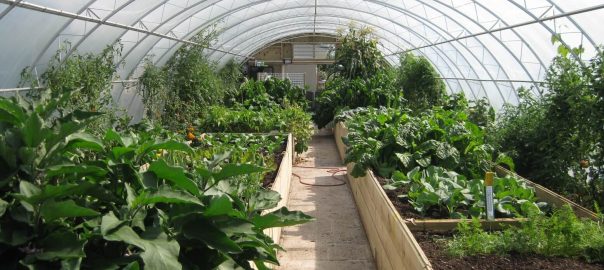OCTOBER IN THE TUNNELHOUSE – All SYSTEMS GO!
October in the tunnelhouse
Welcome to Morrifield’s monthly garden guide where we go undercover to bring you the best tips and tasks for great greenhouse growing. Mid-spring is a period of intense juggling as many of us make the big switch from harvesting cool season crops, to getting the heat-lovers into their greenhouse beds. But along with all that, we still need to provide undercover space for tender seedlings that will eventually live outdoors all summer. It’s enough to make a greenhouse grower feel like they’re quick-changing scenery for a theatrical production. Good luck!
Morrifield’s Gardening Zones
Our long maritime country is filled with exciting microclimates. That means your gardening zone may be quite different to your neighbour’s, just a few kilometres away. Use our simple descriptions to help gauge which undercover zone sounds like you!
Zone 1 (Warm Winters, Hot Summers)
Zone 2 (Mild Winters, Hot Summers)
Zone 3 (Cold Winters, Mild Summers)
Zone 4 (Severe Winters, Hot Summers)
Top Tasks Around the Country
All zones
Planting for pollinators
Many of our greenhouse plants (such as tomato, capsicum and aubergine) are self-pollinating. This means that when the plants move (in a breeze, for example) the pollen falls down through the foliage from flower to flower, fertilising as it goes. Other greenhouse plants (such as the strawberry, and most cucumber), require insects to pollinate them. In both cases, however, it pays to lure pollinating insects into the greenhouse because the buzzing of insects’ wings helps move pollen about in an environment where little wind is available. Bumble bees are especially helpful pollinators because they fly in cooler weather so they are busier than honey bees, working from spring to autumn and from earlier in the morning until later in the evening. Lure pollinators (especially bumble bees) into the greenhouse by planting pots of dwarf comfrey, borage, larkspur, sunflowers, phacelia, lavender and salvia. When in bloom, move these plants to the door, and even inside the greenhouse as an attractant.
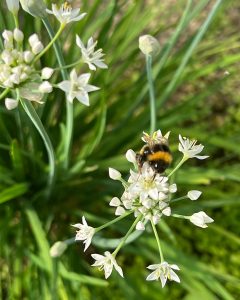
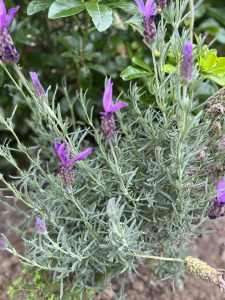
Soil structure broadfork
The more we learn about microbes in the soil, the more we understand how essential fungi are to the health of our plants. However, whenever we dig in the soil (and this includes in our greenhouses), we disturb, and often destroy, the fragile mycelium threads of fungi. Better by far, is to simply loosen the soil without turning it over, and to then add a top layer of rich, weed-free compost that is enriched with natural manures. A broadfork or wide garden fork is the tool to use to help loosen your greenhouse bed without destroying its structure. Simply push it into the ground to its full depth, and work it back and forwards without turning the soil over.

Reestablishing the fungi
It happens to the best of us – one minute our greenhouse is thriving, and the next, it’s been ravaged by fungal disease. Fungal disease sets up home in poorly ventilated greenhouses, and when it does, it drops spores that reinfect plants the following season. While most of us manage a fungal hit organically, sometimes the devastation is so all-encompassing that we seek out chemical alternatives. When we do treat the ground with an approved fungicide, we usually take out our beneficial soil fungi at the same time. If this is your situation, consider using mycorrhizal fungi granules to reestablish your good guys. Follow the instructions carefully as there may be a time lapse between fungicidal treatments and the application of the granules.
Zones1 & 2
Moving home – easy does it!
October can bring surprisingly warm weather but it can also take it’s time in heating up the ground outdoors. If your night time temperatures are still below 13°C, and soil temperatures outdoors aren’t moving above 18°C, keep your heat lovers (such as aubergines, tomatoes, melons, peppers, basil, and cucumbers) tucked up in the greenhouse. Feed them regularly so they don’t lose condition and begin to attract pest insects, and if necessary, consider repotting them before the big move outdoors.
The big cover-up
Heat can be a killer in the greenhouse, especially when your undercover space is fully exposed to the sun. Don’t leave it too late to assemble your sun protection. The single most important option when considering buying a greenhouse or owning a greenhouse/ tunnelhouse is to provide as much airflow/ ventilation as possible during these warmer months. Morrifield can provide back door and window options in new models and these can also be retrofitted to exisiting models as well. Don’t forget our Screen Door options also, these are a fantastic way to keep most of the birds/ bugs and pests out but still offer ventilation.
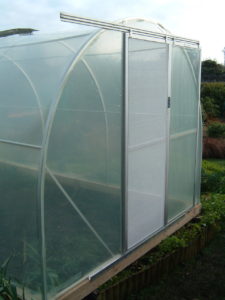
Morrifield Screen Door kits are ideal for the warmer months of the year. They allow you to keep the tunnlehouse ventilated but still let through the airflow. Great for helping to keep out the pests!
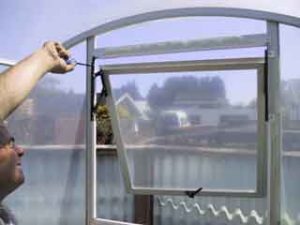
If you dont have any ventilation in your tunnlehouse, Window and door kits are available to retrofit and help with ventilation and airflow
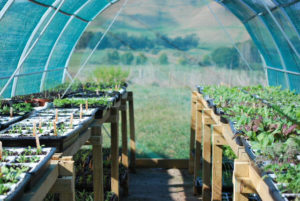
A great alternative is to have a shade cloth cover. Make your own by purchasing the fabric by the meter, Remember to allow extra length as it will need to be held down in windy situations. Generally about 5.2 m lengths is ample to fit over the entire tunnelhouse. You can use a wooden batten to roll and fix the material then screw to the timber base. If you don’t want to leave the shade cloth on all summer, it so that it can be and taken off, as required.
If you are growing taller plants outdoors (such as corn or runner beans) consider planting them so that, as they gain height, they shelter the greenhouse from the heat of the sun. When they mature in autumn, they can be cut down so that you have the sun, again, to heat the greenhouse over winter.
Zones 3 & 4
Beautiful basils
One of the joys of a greenhouse is the ability to grow basil in decent quantities (think pesto, pizza toppings, and fabulous flavour in salads). While it’s still too cool for basil in the greenhouse in October, it can be raised on a sunny window ledge indoors, then transplanted into the greenhouse in November or December. Basil doesn’t enjoy root disturbance, so sow into a good sized pot which can be upended, holus-bolus, into a prepared hole in the greenhouse bed. There are a whole range of basils to choose from, so why not make it your specialty crop this summer.

Green with Envy
Asparagus is the talk of the town in September and October, yet many of us miss out on our own harvest because we don’t remember to plant it in time (September through to December is the range to plant it). Asparagus doesn’t enjoy wet, cold ground, so if you’re in a damper, colder part of the country, the greenhouse can be the perfect situation for this seasonal treat. Asparagus is a perennial, and it’s foliage does need to grow on after harvest, to feed the plant for the following season. This means you’ll need to devote a section of your precious greenhouse space to its cultivation – but who can resist those green spears on buttered toast! Source your asparagus crowns now, while you think of it, and start digging the richness into this hungry plant’s new bed.
Sow me undercover now
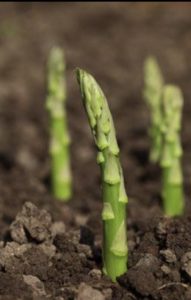
Zones 1 and 2
In seed trays or pots: annual flowers, lettuce, zucchini. In ground: basil, cucumber.
Zone 3
In seed trays or pots: annual flowers, basil, beans, brassica, celeriac, cucumber, corn, lettuce, leeks, zucchini, spring onion, potato.
Zone 4
(In seed trays or pots): aubergine, capsicum, chilly, cucumber, tomato, zucchini.
Transplant me undercover now
Zones 1 & 2: aubergine, capsicum, chilly, cucumber, melon, tomato, zucchini.
Zone 3 & 4: asparagus, dwarf beans, spring onion, zucchini.
News and views
